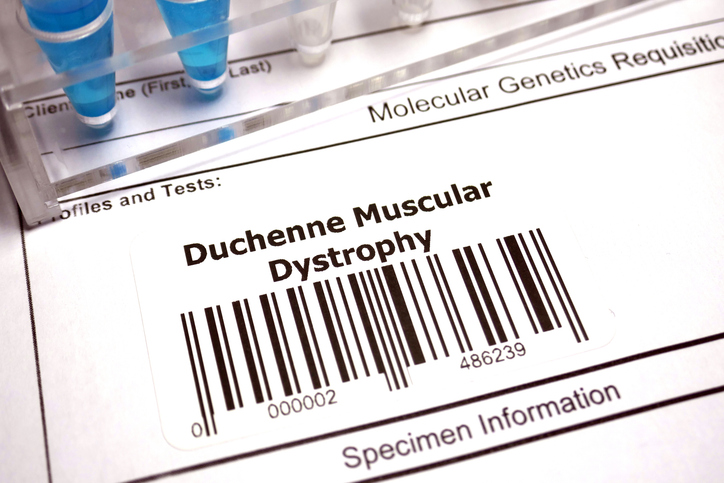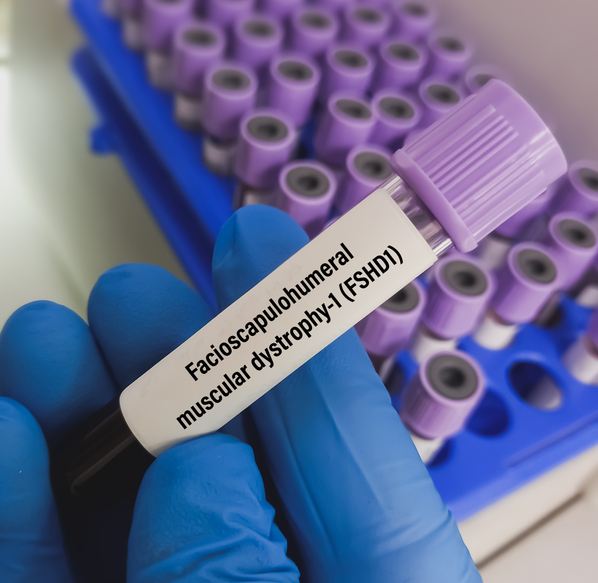Dr. Shephard Mpofu, Novartis Gene Therapies: Promising Data for the Treatment of SMA
By Rob Dillard - Last Updated: September 11, 2023Novartis Gene Therapies recently announced new data regarding their cutting-edge treatment for spinal muscular atrophy (SMA), a rare, genetic disease and leading genetic cause of infant death. The results were presented during the 2022 Muscular Dystrophy Association (MDA) Clinical and Scientific Conference.
DocWire News interviewed Shephard Mpofu, MD, SVP, Chief Medical Officer, Novartis Gene Therapies, about these promising findings, and the important impact they will have on infant health.
DocWire News: Can you provide us with some background on yourself?
Dr. Shephard Mpofu: Thank you very much for inviting me to this talk. My name is Shephard Mpofu. I’m the Chief Medical Officer for Novartis Gene Therapies. My role is to oversee clinical development and medical affairs of our pioneering therapies on our platform on gene therapies.
Talk to us about spinal muscular atrophy (SMA) – how the disease is characterized, how it’s treated, and the typical prognosis.
Thank you very much for that question. Spinal muscular atrophy, SMA, is a rare genetic neuromuscular disease and the leading genetic cause of infant death caused by the lack of a functional SMN1 gene. When left untreated, the most severe forms of SMA result in the rapid and irreversible loss of motor neurons, affecting muscle functions, including breathing, swallowing and basic movement.
Severity varies across a spectrum of types corresponding to the number of copies of the backup SMN gene. So majority, 70% of patients with two copies of SMN2 develop what we call Type 1 SMA, which is the most common form accounting for roughly around 60% of cases. Type 1 is very severe. And left untreated, leads to the need for permanent ventilation by the age of two in more than 90% of cases.
Most patients infect 80% with three copies of SMN2 develop Type 2, accounting for 30% of cases. Left untreated, patients with Type 2 are unable to walk and will require a wheelchair. And more than 30% usually die by the age of 25.
Loss of motor neurons critically cannot be reversed. So it is really imperative to diagnose SMA and begin treatment, including proactive supportive care, as early as possible to halt the irreversible motor neuron loss and disease progression.
Talk to us about Zolgensma, and how it’s used to treat SMA.
Zolgensma is the only gene therapy for SMA and the only SMA treatment designed directly to address the genetic root cause of the disease by replacing the function of the missing or non-working SMN1 gene with a single one-time dose. As a transformative gene therapy, it is designed to provide what we call a lifetime of benefit. Zolgensma is an essential one-time treatment for patients with SMA, representing a completely new class of SMA treatment.
Talk to us about the new data that back the use of Zolgensma in children with SMA.
Thank for that question. I’m really excited to share with you that the completed Phase 3 SPR1NT data that we presented at the MDA reinforce data presented for the two copy code at last year MDA meeting, by showcasing that children with three copies of the SMN backup gene, treated pre-symptomatically with Zolgensma, achieved age appropriate milestones including standing and walking.
Specifically, %100 of patients, that’s 15 over 15, met the primary end point of standing unassisted for greater than three seconds by 24 months of age, including 14 of these children whose milestone fell within the World Health Organization window of normal development. In addition, 95% of the children walked independently, majority of whom also did this milestone within the WHO window of normal development.
I would also add that in addition to the SPR1NT study, Novartis has presented a descriptive post op analysis of the three studies we have done, the START study, the STR1VE-EU and the STR1VE-US, with 65 patients in total.
That indicated children with spinal muscular atrophy Type 1 achieved or maintained important measures of bulbar function following treatment with Zolgensma, including the ability to speak, swallow and meet nutritional needs and maintain airway protection. Of the patients that could be analyzed against all these three critical components, 80% achieved this difficult composite end point.
What are the clinical implications of these findings?
Thank you. I think there quite a number of facets to the criticality of these results. We believe the SPR1NT data in the completed three copy code represent a remarkable outcome that contrasts the natural progression of this devastating disease.
As you know, without treatment, children with three copies of the SMN2 backup gene typically developed SMA Type 2, which is characterized by the inability to walk independently. Whereas this data show remarkably that when treated with Zolgensma, before the onset of symptoms, these patients are often achieving patterns of motor development which are indistinguishable from their healthy peers without SMA.
The data also reinforced critical the importance of early diagnosis and treatment for SMA in optimizing patient treatment outcomes, such as through the implementation of newborn screening for SMA in every newborn.
With regard to the bulbar function analysis I mentioned earlier, that is a composite end point that encompasses multiple factors that are affected by the integrity of the patient’s bulbar motor neurons as measured by an individual ability to communicate sufficiently with comprehension by an anon listener, the ability to swallow food and liquids.
And this is really important because that how kids can meet their nutritional needs and also maintaining their airway protection. So the effect of SMA Type 1 and bulbar function often leads to debilitating complications such as an increased risk of aspiration, as well as significant social consequences from impairment of speech development.
And lastly, from the post op data, Zolgensma can have an important impact not just on a child’s physical wellbeing, but their quality of life as well, as they are able to communicate with family, swallow, therefore eat and drink independently and not rely on any respiratory support and have a reasonable life.
Any closing thoughts?
It is really exciting to see patients achieving these end points. And it’s once again confirms the transformative impact of Zolgensma in children with SMA and now in patients treated pre-symptomatically.
These results are truly in sharp contrast to the natural history of the disease. And they are again reinforce the value of newborn screening in SMA, which is vital to affording children the earliest diagnosis and treatment to ensure the best possible outcomes.







 © 2025 Mashup Media, LLC, a Formedics Property. All Rights Reserved.
© 2025 Mashup Media, LLC, a Formedics Property. All Rights Reserved.